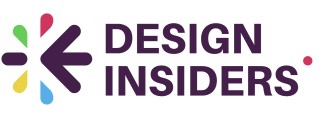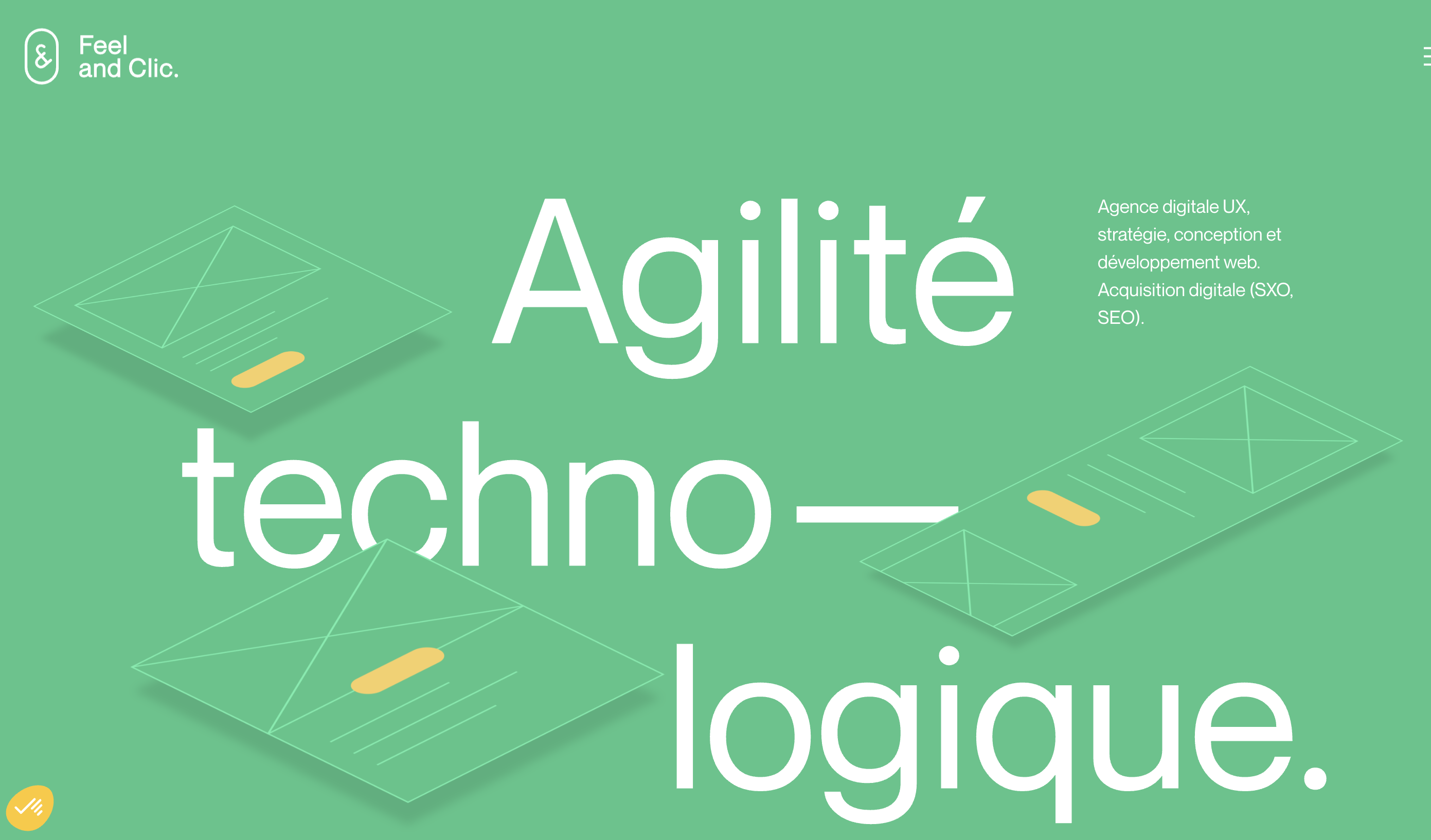Understanding the Role of Design in Business Concept Development
The Intersection of Design and Business Concepts
In the modern business landscape, design is not just about aesthetics; it plays a crucial role in shaping business concepts and driving innovation. Whether you're launching a startup or refining a small business, understanding how design influences your business idea can be a game-changer. Design helps in visualizing the business model, making it easier to communicate the concept to stakeholders and potential investors.
Design as a Strategic Tool
Design is a strategic tool that can transform a simple idea into a viable business plan. It aids in identifying market needs and opportunities, ensuring that the products and services you develop align with consumer expectations. By integrating design thinking into your development process, you can craft a concept statement that resonates with your target market.
Enhancing User Experience
Design is pivotal in enhancing the user experience, which is essential for product development and marketing. A well-designed product or service not only meets the functional needs of users but also creates an emotional connection. This connection can be the differentiator in a competitive market, helping your company stand out.
Financial Implications of Design
While design can enhance the appeal of a product or service, it also has financial implications. Investing in good design can lead to higher returns by increasing customer satisfaction and loyalty. Moreover, a well-designed business concept can attract investors, providing the financial support needed to start a business and execute your marketing plan.
For further insights on how design can revolutionize your business ideas, explore the discussion on AI in digital design.
Identifying Market Needs and Opportunities
Embracing Market Research to Pinpoint Opportunities
Discovering unmet needs in the market is crucial to crafting a successful business model. This phase involves understanding the demand for your product or service and discovering ways to meet consumer expectations. Here's a structured approach to outline the critical aspects:- Comprehensive Market Analysis: Identify trends by conducting thorough research into current market dynamics. Look for gaps where your business idea could thrive by providing a solution that isn't currently available or is inadequately addressed in the market.
- Define Your Target Market: Knowing your audience is vital. Consider demographics, purchasing behavior, and needs. Tailor your concept development to align with these consumer profiles, ensuring that your business resonates with the intended audience.
- Competitive Landscape Assessment: Gain insights by evaluating competitors. Understand their strengths and limitations, helping you formulate a strategy that gives your business a unique edge.
- Market Trends and Consumer Behavior: Staying attuned to evolving consumer preferences and trends aids in predicting future demands. Leveraging tools such as social media analytics can enhance your understanding of what influences your target market's decision-making process.
- Financial Feasibility: Assess whether your business concept is financially viable. Evaluate costs versus potential revenue streams to ensure a solid financial plan supports your development process.
Brainstorming and Ideation Techniques
Creative Exploration through Brainstorming
To craft innovative business ideas, brainstorming plays a pivotal role in the creative process. This technique helps businesses unlock a wide range of possibilities by engaging multiple perspectives and fostering creative thinking. The goal is to generate a diverse set of ideas, which can lead to discovering a unique business concept that resonates with market needs.
Diverse approaches such as employing mind maps or engaging in collaborative workshops can significantly aid the development process. These techniques allow for a free flow of ideas, encouraging participants to explore outside-the-box solutions. When you're gathering insights, consider the target market and how your product services will stand out in the competitive landscape.
Refinement through Structured Techniques
Utilizing structured and systematic techniques like the SCAMPER method can refine these early ideas. SCAMPER encourages you to start with existing concepts and enhance them by asking questions related to Substitute, Combine, Adapt, Modify, Put to another use, Eliminate, and Reverse. This structured approach not only leads to enhanced products and services but also ensures your business stays relevant and responsive to changing market demands.
In modern business development, leveraging social media as a tool to crowdsource ideas and gather feedback can also significantly shape the initial stages of concept creation. By involving a broader audience, small businesses and startups can tap into artificial intelligence in design to harness data-driven insights and refine their concepts effectively.
In conclusion, brainstorming and ideation are crucial in turning a nascent idea into a viable business model. By combining creative exploration with systematic refinement techniques, businesses can plan for future products and services that promise to meet and exceed the expectations of their target market.
Prototyping and Testing Your Concepts
From Concept to Prototype: The Creative Journey
Transforming a business idea into a tangible product necessitates a well-thought-out approach in terms of prototyping and testing. This stage in concept development is crucial, as it allows you to address potential flaws and validate your business model in alignment with the market needs, identified in earlier stages. When designing a prototype, it's important to focus on the practicality of the product. This involves understanding the user’s experience and ensuring that the concept stands strong in satisfying customer needs.- Prioritize User Experience: This not only helps in fine-tuning the product or service for your target market but also assists in setting a clear pathway for future product development.
- Align with Business Goals: It's essential to ensure that the prototype complements the broader business plan, embracing both the marketing plan and the executive summary. As you test the prototype, gauge whether it meets the objectives laid out in the original business concept.
- Gather Feedback: Utilize feedback from initial testing phases to inform iterations, making use of small business resources and market analysis.
Planning for Implementation
Strategizing for Successful Implementation
Embarking on the journey from concept to execution can be as challenging as it is rewarding. The development process involves crafting a well-structured business plan that aligns with your business model and market insights gathered previously. Here's how to ensure a seamless transition:- Define Clear Objectives: Start by establishing specific goals for your business concept. Knowing what you aim to achieve with your product or service can help streamline the development process and guide strategic decisions. Whether targeting a niche market or planning a broader reach, a clear objective is imperative.
- Develop a Comprehensive Business Plan: A detailed business plan should outline your strategies for product development, marketing plans, and financial projections. Additionally, incorporating an executive summary can provide a snapshot for stakeholders, summarizing the essence of your business idea.
- Assess Financial Feasibility: Financial planning is critical. Evaluate startup costs, projected revenue streams, and operational expenses to ensure your business idea is economically viable. It’s vital to consider both short-term and long-term financial plans to sustain growth and attract investors.
- Focus on Your Target Market: With a concrete understanding of market needs, concentrate on tailoring your product or service to meet those demands. Using insights from earlier stages, such as brainstorming sessions and market analysis, refine your offerings to resonate with your target audience.
- Create a Marketing Strategy: A well-thought-out marketing plan is essential for making your product known. Leverage social media platforms and other digital channels to create a robust presence and connect with potential customers. Consider how your brand will communicate its unique value to the market.
- Prototype and Gather Feedback: Prior to full-scale production, prototype your product and seek feedback from a select group. This allows for real-world testing and adjustments before widespread rollout, ensuring the final product aligns with customer expectations.
- Iterate Based on Insights: Reinforce your development efforts by regularly evaluating feedback and market trends. Being receptive to change and adapting strategies are key components of successful business development.










